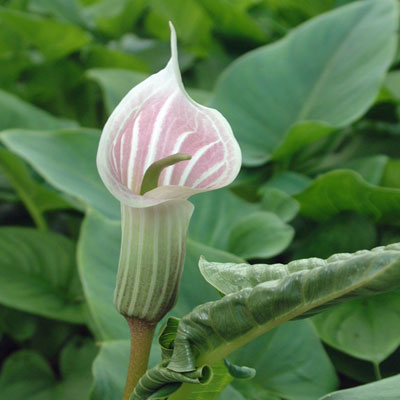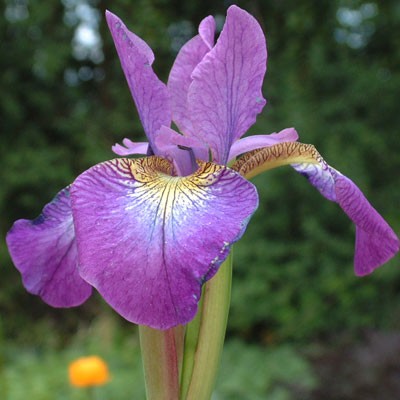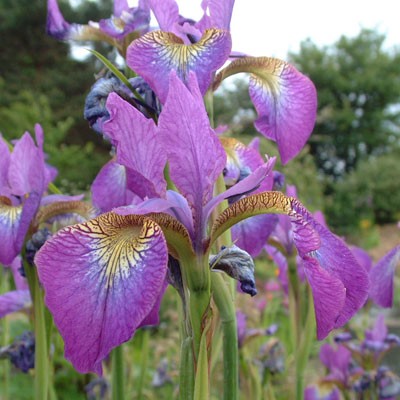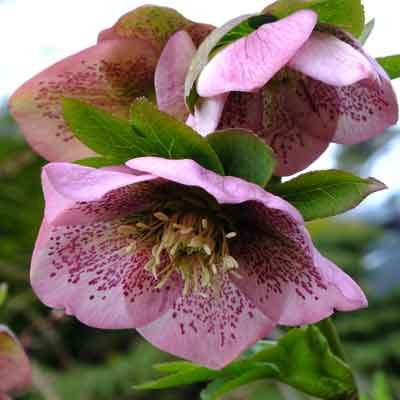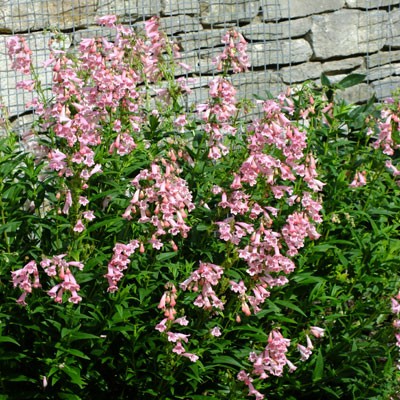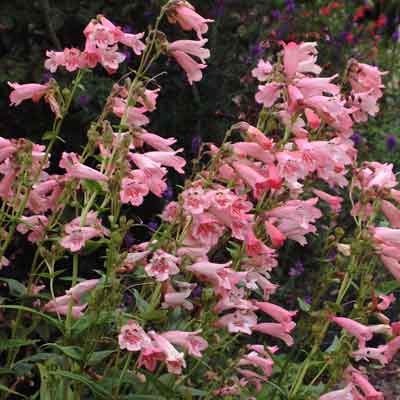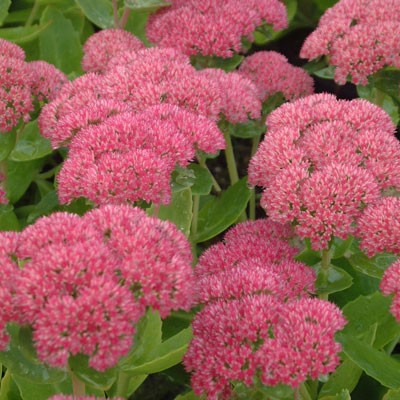Description
Arisaema candidissimum
This plant is never early out of the ground, often waiting until June, but it’s a little beauty when it does arrive. Unusually for an Arisaema, rather than the earth and reptilian greens and browns of its cousins, Arisaema candidissimum has a spathe that is pink and white candy striped – sort of the deckchair of the aroid world. The spathes precede the huge three lobed leaves and are chunky and upright with an open mouth, candy striped inside, with more of a green stripe on the outside. Given the right conditions they can spread to form impressive colonies. Give it a deep humus rich soil which doesn’t sit wet in the dormant season. Mulch well to keep the tubers free from frost. Native to mountainous regions of western and South Western China.
Araceae
The Araceae, or more commonly the Arum Family or Aroids, are a large grouping of over 100 different Genera mainly from tropical regions. They all share a similarity in the extraordinary form of their inflorescence. The flowers themselves can be single sex or dioecious (carrying male and female parts), but are for the most part small and insignificant visually. The flowers are usually tightly bound to the flower axis forming a structure called the spadix. This is the spike at the centre of flowers such as Anthurium and Arum. The individual flowers are often so reduced as to be unrecognisable unless examined very closely. Where the two sexes of flowers are separated, it is the male flowers that are uppermost. The showy part is a large bract called the spathe.
Several aroids have remarkable adaptations to help with fertilization. Some flowers show thermogenesis, whereby they can create their own heat with flowers having been recorded as being 45ºC even when the surrounding conditions were quite cool. This can be an attractant to insects, especially beetles who gain valuable heat. In other species it is used to protect the flowers against damage by cold.
Where the flowers are of different sex, the female flowers are often unresponsive to fertilization by the time that the male flowers are ready to open, a mechanism designed to avoid self-fertilization. Our native Cuckoo pint takes the whole business one stage further, imprisoning insects overnight. In between the male flowers, which are in the visible upper part of the spadix and the female flowers hidden in the bulbous base of the inflorescence are a set of modified hair-like flowers. The scent produced by the female flowers lures in pollinating flies who are able to travel past the hairs going down, but are then trapped from returning. They spend the night in this lower chamber, fertilising the flowers with pollen from previously visited plants. Come morning the hairs wither and the male flowers mature, showering the insects with pollen as they leave.
As a family, aroids are rhizomatous and tuberous, with the tubers frequently containing the toxic Calcium Oxalate as raphides. Despite this, in times past the tubers of Arum maculatum used to be cooked and eaten for the starch they contain, the powder being known as Portland Sago or Portland Arrowroot. Whilst cooking can render the tubers edible it is not a very wise practice as the risks are high. The berries of Arum maculatum are particularly poisonous and can prove fatal to children.


















































